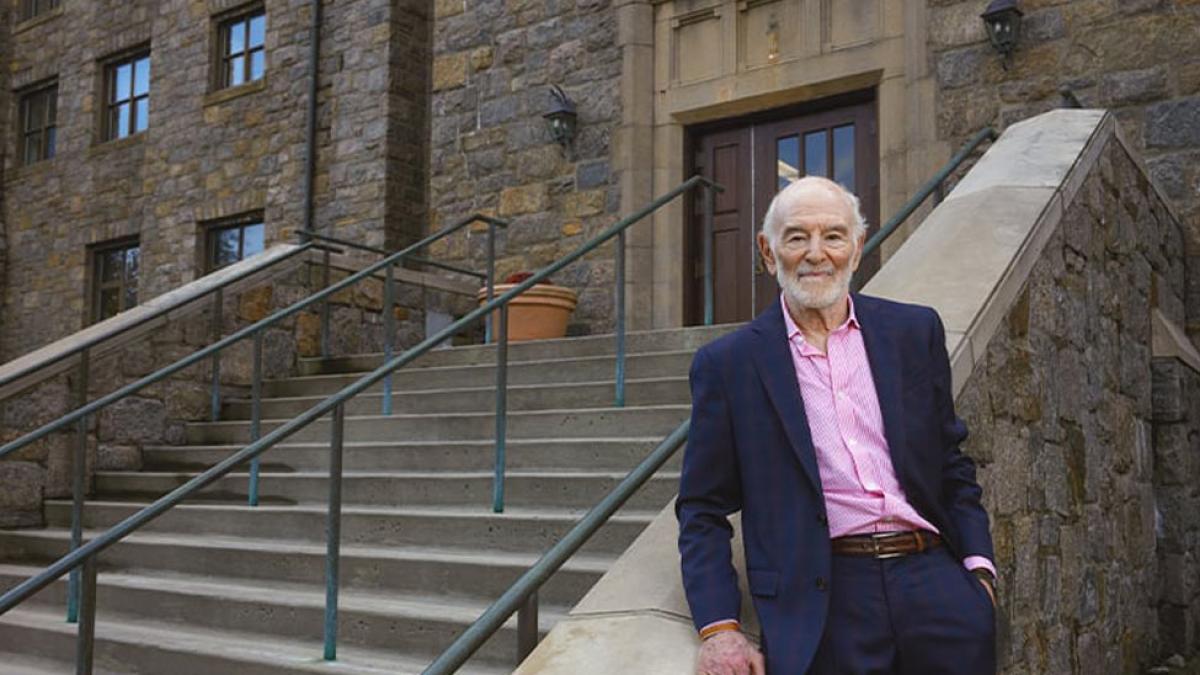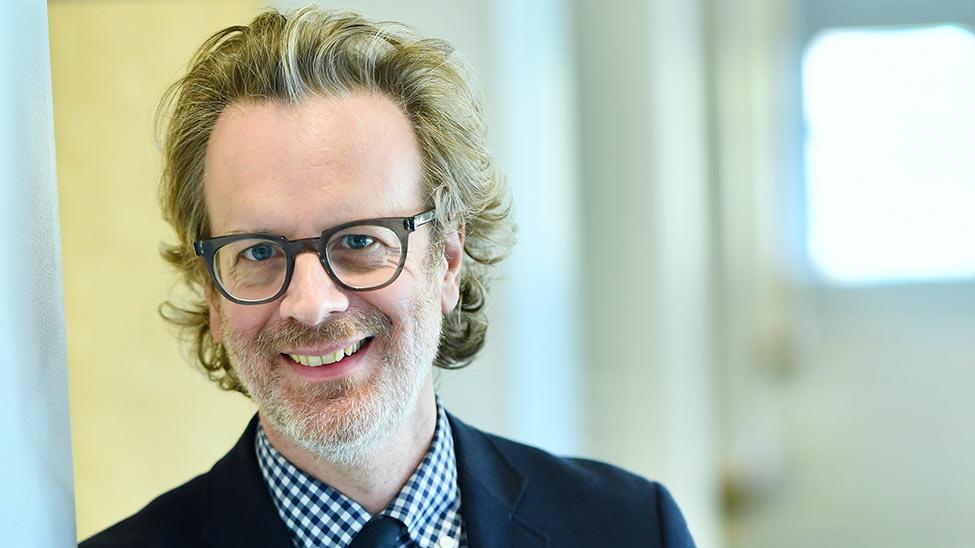
Professor Alexander K.A. Greenawalt Awarded 2024 Goettel Prize for Faculty Scholarship
The Elisabeth Haub School of Law at Pace University is proud to announce that Professor Alexander K.A. Greenawalt was awarded the 2024 Goettel Prize for Faculty Scholarship for his article, “With Intent to Destroy in Whole or in Part: Genocide, Ethnic Cleansing, and a Lost History,” which was published by Wisconsin Law Review earlier this year (2024 Wis. L. Rev. 933 (2024)).
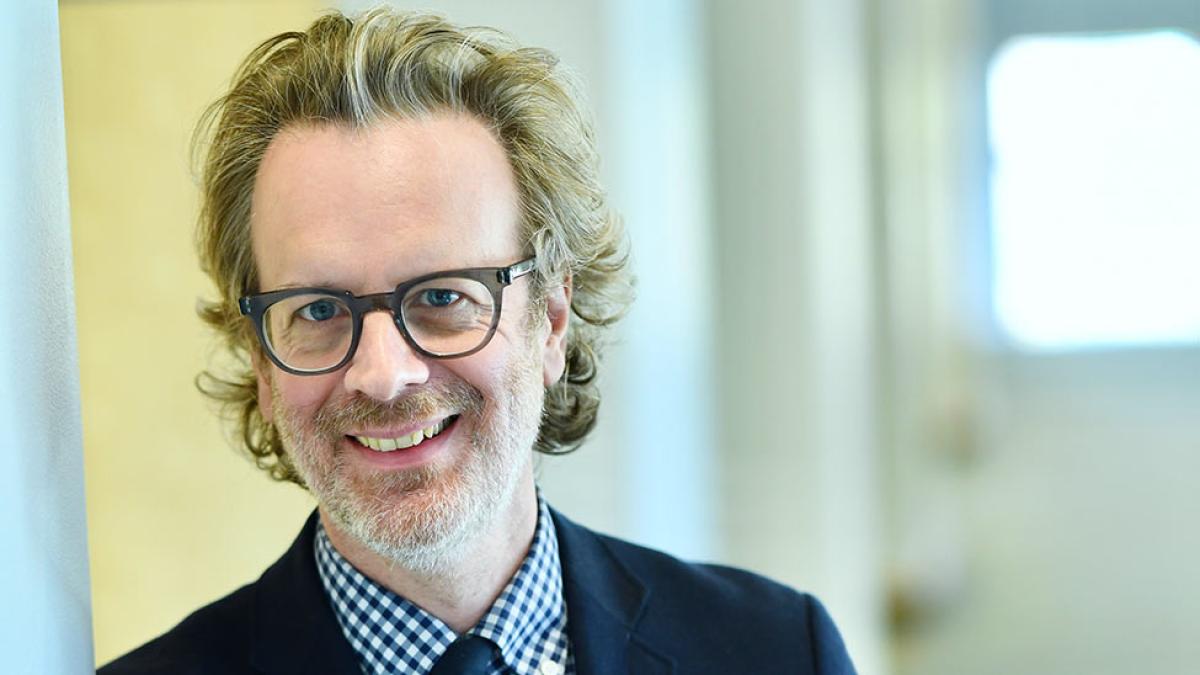

The Elisabeth Haub School of Law at Pace University is proud to announce that Professor Alexander K.A. Greenawalt was awarded the 2024 Goettel Prize for Faculty Scholarship for his article, “With Intent to Destroy in Whole or in Part: Genocide, Ethnic Cleansing, and a Lost History,” which was published by Wisconsin Law Review earlier this year (2024 Wis. L. Rev. 933 (2024)).
The Goettel Prize was created in 2004 to encourage and recognize outstanding scholarship by members of the Elisabeth Haub School of Law at Pace University faculty. Each year, members of the tenured and tenure-track faculty are invited to submit their work for consideration (on an anonymous basis) by a selection committee of outside reviewers. This year's committee consisted of three distinguished law school professors: Professor Michael Herz, the Arthur Kaplan Professor of Law at Cardozo Law School; Professor Emily Morris, the David Brennan Professor of Law at University of Akron School of Law; and Professor Kerri Stone, Professor of Law at Florida International University College of Law.
Professor Greenawalt’s article examines the meaning of the term “genocide,” drawing in part upon original research from the 1948 Genocide Convention, which first codified genocide as a crime under international law. In particular, the article engages ongoing debates about whether genocide necessarily entails the intent to physically destroy at least a substantial part of a protected group, or whether the crime of genocide can also apply to cases of so-called “ethnic cleansing” where atrocities are committed with the intent to displace a group. Selection committee member Professor Michael Herz commented that the article “grapples with a fundamental question, shows a mastery of the relevant legal materials and surrounding literature, casts new light on a familiar subject, is both scholarly and lawyerly, and is written in prose that is precise, fluid, and elegant.”
“I am extremely proud to have been selected as the recipient of the 2024 Goettel Prize by such a distinguished panel of external judges,” said Professor Greenawalt. “The article engages several themes: the ways in which contested claims of genocide often assume outsize importance in public discourse, the gap between popular and legal understandings of genocide, and the ways in which the confusing law of genocide has exacerbated these problems. I propose an alternate understanding of the crime that is more consistent with the lost history of the Genocide Convention and is also normatively preferable.”
Associate Dean for Faculty Development and Professor of Law Emily Waldman commented: “This article draws on Professor Greenawalt’s expertise in criminal law, international law, and the laws of war, as well as his original historical research on the topic of genocide. By presenting new discoveries from the drafting history of the Genocide Convention, Professor Greenawalt provides new insight into longstanding debates.”
Professor Greenawalt joined the Haub Law faculty in 2006 from the firm of Debevoise & Plimpton LLP, where his practice focused on international disputes. He was a teaching fellow at Columbia Law School in 2005 and was previously a clerk for the Honorable Stephen F. Williams of the U.S. Court of Appeals for the District of Columbia Circuit. Professor Greenawalt is a graduate of Columbia Law School, where he was a James Kent Scholar and Articles Editor of the Columbia Law Review. He is now a three-time winner of the Goettel Prize for Faculty Scholarship. In 2018, his article "Targeted Capture" received the Goettel Prize and in 2016, his article “Foreign Assistance Complicity” was also selected for the Goettel Prize.=
Melanie Prado: A Voice for Inclusion
Arts and Entertainment Management student Melanie Prado is the new Student Assistant for the Division of Opportunity and Institutional Excellence (DOIE). With a passion for amplifying underrepresented voices and her own multicultural background, Melanie is eager to contribute to the division’s mission of fostering inclusivity and promoting change on campus.
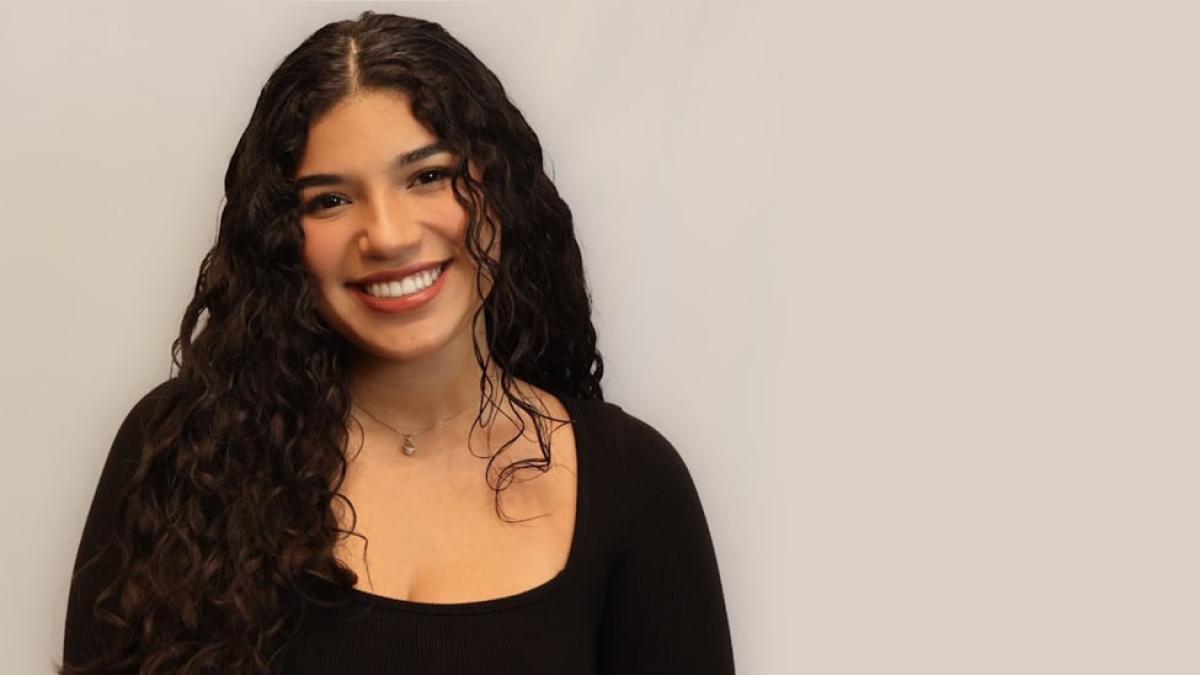
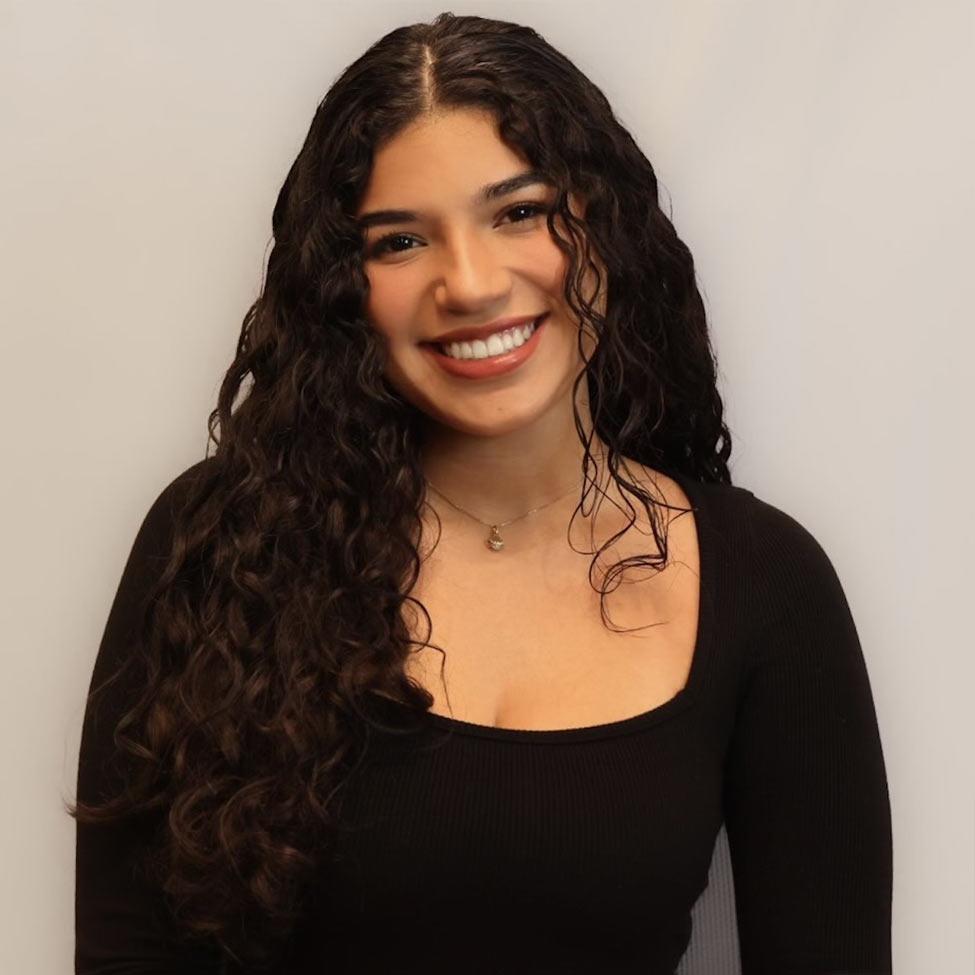
The Division of Opportunity and Institutional Excellence is proud to welcome Melanie Prado (she/her) as their new student assistant this year! Melanie is currently a junior at Pace University, where she’s pursuing a BBA in Arts and Entertainment Management. With her vibrant personality and passion for fostering inclusivity, Melanie brings a unique perspective to our team, blending her academic focus with her commitment to making a difference on campus. As someone deeply involved in both the arts and diversity initiatives, she’s ready to make a meaningful impact while learning and growing alongside the DEI team.
What drew you to work with the Division of Opportunity and Institutional Excellence?
The Division of DEI plays a crucial role in amplifying the voices of underrepresented individuals on our campus. As someone with Colombian and Costa Rican heritage, this mission deeply resonates with me. Growing up in a multicultural family, I’ve experienced firsthand the importance of fostering communication and understanding among diverse perspectives. Working with a team dedicated to creating an inclusive environment felt like a natural fit, and I’m excited to contribute to a mission that not only raises awareness but actively drives change.
What are your responsibilities as a DEI Student Assistant?
As a DEI Student Assistant, I manage tasks that support the division’s mission. This includes overseeing our social media presence and handling office duties that ensure our daily efforts run smoothly. The role is incredibly rewarding, as it allows me to witness how our work makes a tangible impact on the Pace community.
What are you looking forward to this semester?
I’m excited to deepen my involvement with the DEI team and see how our initiatives shape the student experience at Pace. I look forward to contributing to projects that foster inclusivity and help make our resources more accessible on campus.
Learn more about Pace’s Division of Opportunity and Institutional Excellence.
Asha Kadir on Building a Safer, Supportive Community at Pace University
Meet Dr. Asha Kadir, Pace’s Interpersonal Violence Prevention Specialist at the Pleasantville Campus. From resilience-building workshops to new collaborations, Dr. Kadir shares her plans for Fall 2024 and offers advice on creating a safer campus community. Learn more in her full Q&A!
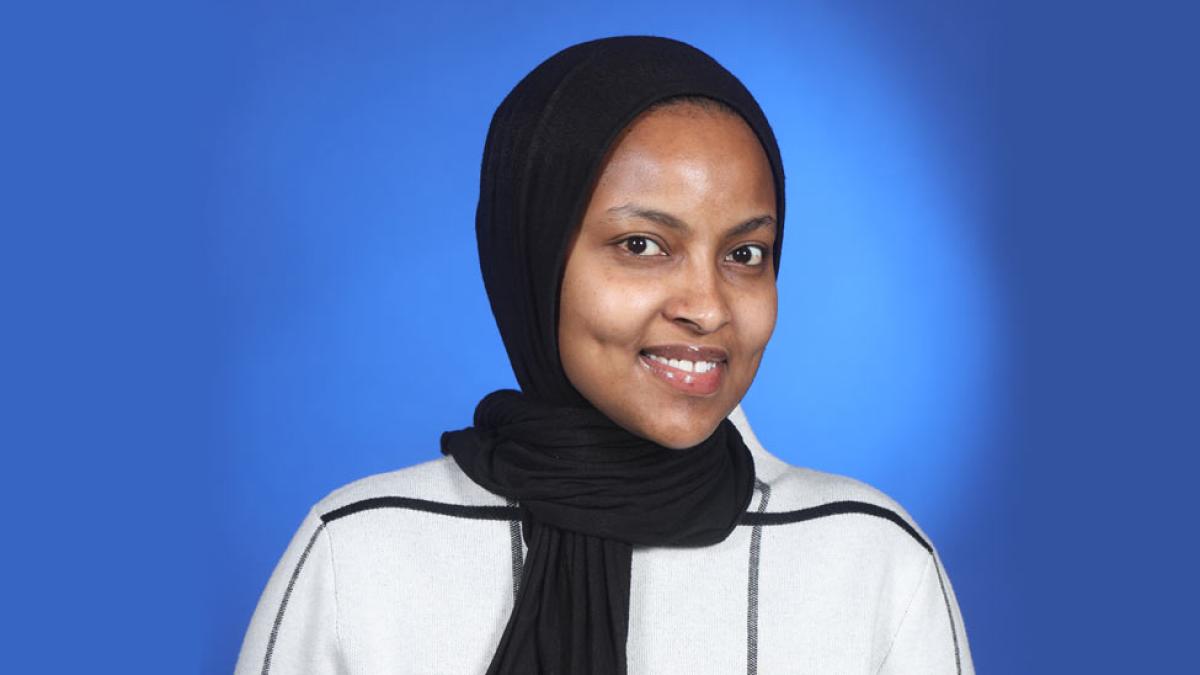
Asha M. Kadir, PhD, is the Interpersonal Violence Prevention and Education Specialist at Pace University’s Pleasantville Campus and holds a PhD in mental health counseling from Pace University. Before her current role, Dr. Kadir earned an MS in clinical mental health counseling from Lynn University, where she co-authored the workbook Finding Your OASES: Strategies for Coping with Stress and Developing a Resilient Identity. This work continues to inform her practice as she integrates resilience-building techniques into her support for students. Dr. Kadir's approach is firmly rooted in evidence-based practice, a cornerstone of her efforts in sexual violence prevention and education. Her unwavering commitment to research-driven methodologies underpins her dedication to fostering a supportive and resilient environment for Pace University students, ensuring the highest quality of care and support.
What are you most excited about for the Fall 2024 semester?
Over the summer, our office strengthened its connections with various on-campus departments. I'm very excited about the upcoming collaborations and wonderful events we have yet to plan and successfully execute this academic year. The new workshop approach, implemented with UNV 101, allows all students to learn about our services, consent, and healthy relationships, which makes me enthusiastic and optimistic about the increased impact.
Are there ways that students, staff, and faculty can get involved with Office of Sexual and Interpersonal Wellness (OSIW) on the Pleasantville Campus?
The Pace Community can get involved in multiple ways. Sign up for one of our workshops or contact us for partnerships and collaborations. We are always open to attending events, so please feel free to reach out!
What is one piece of advice you'd like to offer as the semester begins?
Creating a campus free of interpersonal violence requires the involvement of many people and is a collaborative effort. I suggest using your voice and showing your support. We all have a part to play in preventing violence and supporting survivors. This can involve speaking out when we witness it, reevaluating how we handle consent in our relationships, and educating ourselves with knowledge and resources to support and empower survivors.
Are there upcoming OSIW events and programs?
We are organizing and planning events for Domestic Violence Awareness Month. This fall, watch for these and many more upcoming programs. The best way to stay updated is through our Instagram page, @osiwplv.
Learn more about Pace’s Division of Opportunity and Institutional Excellence.
Ashleigh Andersen, LCSW, Advocates for Healthy Relationships at Pace
Meet Ashleigh Andersen, LCSW, Pace’s Interpersonal Violence Prevention Specialist! She’s bringing new consent and Title IX education to UNV 101 this fall. Want to learn more? Check out the full Q+A for her insights and upcoming events!
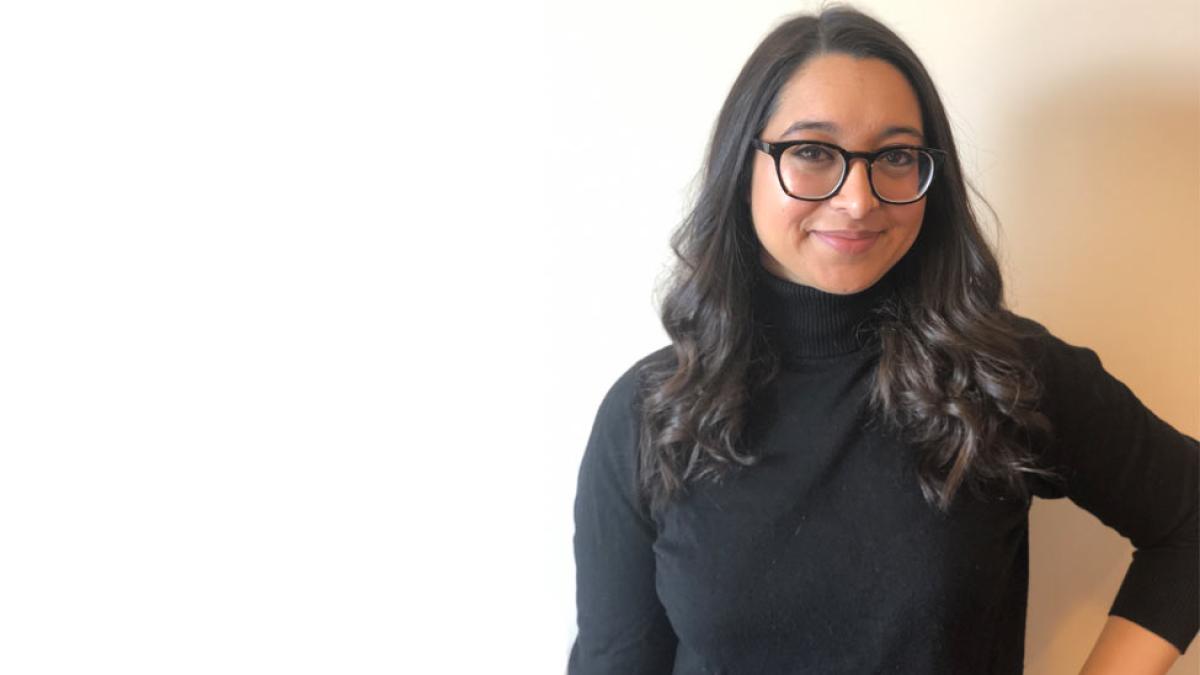
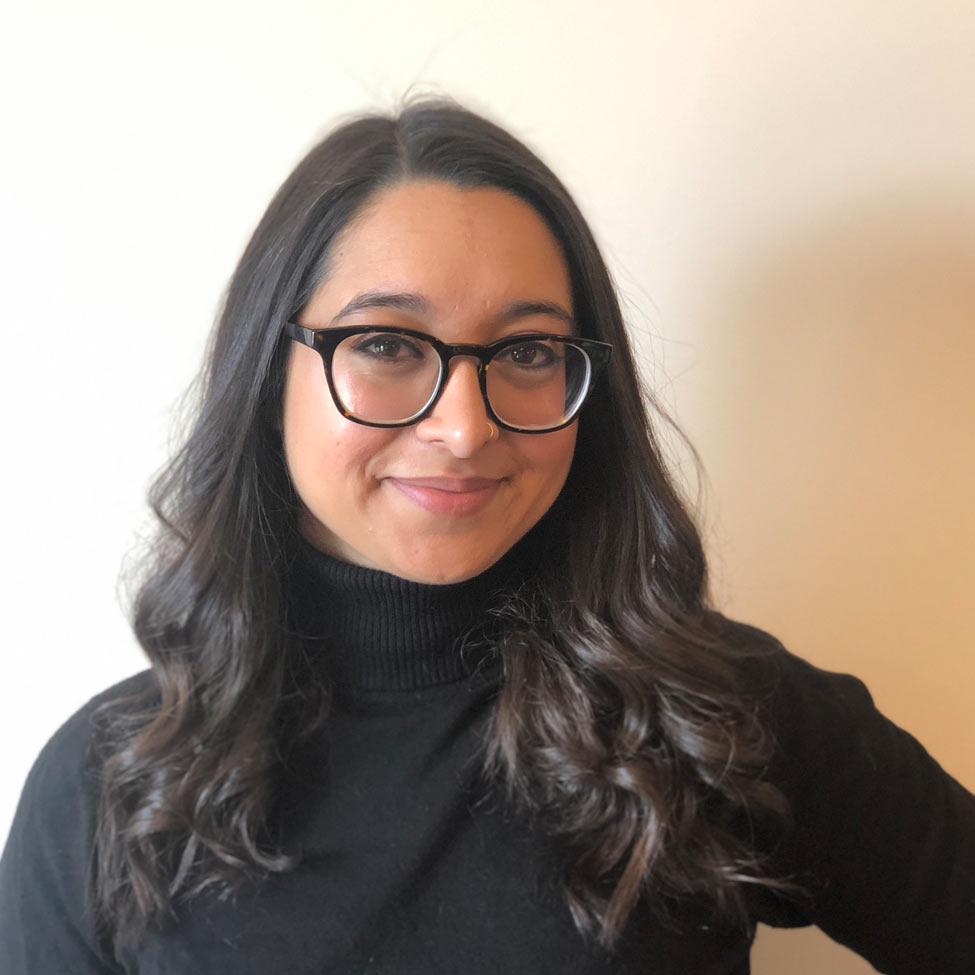
Ashleigh Andersen, LCSW, is the Interpersonal Violence Prevention and Education Specialist at Pace University. Prior to this role, she worked as the Relationship Abuse Prevention Program Coordinator at Day One, the Intervention Coordinator at the NYC Alliance Against Sexual Assault, and as a case manager at a domestic violence shelter. She received her Master of Social Work from Hunter College’s Silberman School of Social Work in 2017 and a BA in Political Science from Pace University in 2013. She has used her knowledge and experience working with survivors of sexual harm and intimate partner violence to develop a strengths-based, anti-oppression, and intersectional approach that continues to inform her prevention and intervention advocacy.
What are you most excited about for the Fall 2024 semester?
I am most excited to see the implementation of the new mandatory consent, healthy relationship, and Title IX content being incorporated into UNV 101 in partnership with Office of Sexual and Interpersonal Wellness (OSIW) and Title IX.
Are there ways that students, staff, and faculty can get involved with OSIW on the NYC Campus?
The best way for the Pace Community to get involved with OSIW on the NYC Campus is by scheduling a workshop, partnering with us on an event, or reaching out directly for individual support and resources.
What is one piece of advice you'd like to offer as the semester begins?
One piece of advice I would give is that as you all enter this new semester, focus on cultivating relationships that are based on mutual respect, trust, and clear communication. Recognize the signs of healthy and unhealthy dynamics in relationships, and don’t hesitate to seek help from OSIW and other on-campus supports if something feels off. Remember, your time at college is not just about academics; it's about personal growth, building connections, and learning how to thrive in a community. Take full advantage of the resources and support available to you!
Are there upcoming OSIW events and programs?
Stay tuned for upcoming events in October for Domestic Violence Awareness Month, and I also hope to see many of you in October during your UNV 101 workshops!
Learn more about Pace’s Division of Opportunity and Institutional Excellence.
Power & Politics: Harris-Trump First Debate Preview
Pace University’s Dyson Professor George Picoulas was front-and-center in the media for his expert commentary on the historic 2024 Presidential Debate. He was featured on News 12’s Power & Politics providing a preview of the first debate, offering insights on what each candidate needed to accomplish in the debate.

Pace University Political Science Professor Laura Tamman featured on Fox 5 News
Pace University’s Political Science Professor Laura Tamman was front-and-center in the media for her expert commentary on the historic 2024 Presidential Debate. She joined Fox 5 News for a post-debate analysis.
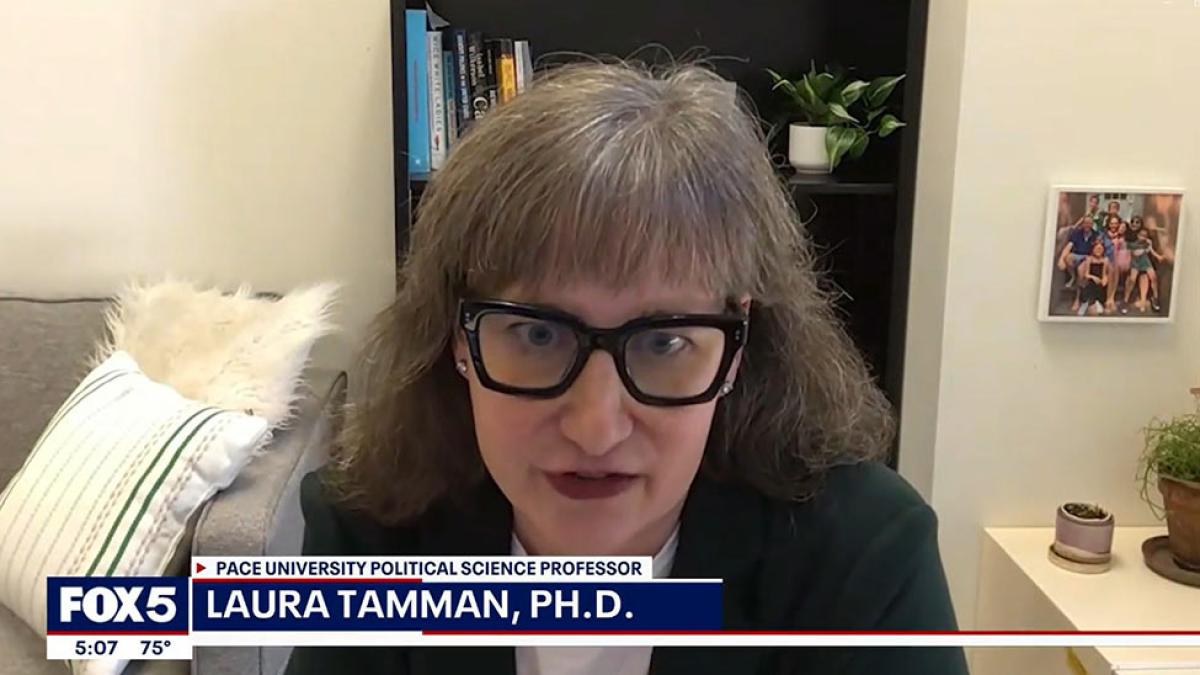
IAPMO, Pace to Publish UMC Chapter 17 as Standalone Document for Geothermal Energy Systems and Ambient Temperature Loops (ATL)
The International Association of Plumbing & Mechanical Officials (IAMPO) and the Pace Energy and Climate Center have agreed to jointly publish Chapter 17 of the Uniform Mechanical Code (UMC) as a standalone document (IAPMO/UMC/Chapter 17-2024) to address the needs for enforceable safety provisions for geothermal district ambient temperature loop systems, PHCP Pros report.
Georgia Tests a Novel Tactic in School Shootings: Putting Parents on Trial
Elisabeth Haub School of Law Emerita Professor Linda Fentiman speaks with The New York Times about James and Jennifer Crumbley, the first parents to be convicted in connection with a mass shooting carried out by their child.
Charging Parents When Their Children Kill
Professor Bennett Gershman pens an op-ed in The New York Law Journal discussing the implications of prosecutors charging a parent for mass murders by their children.
